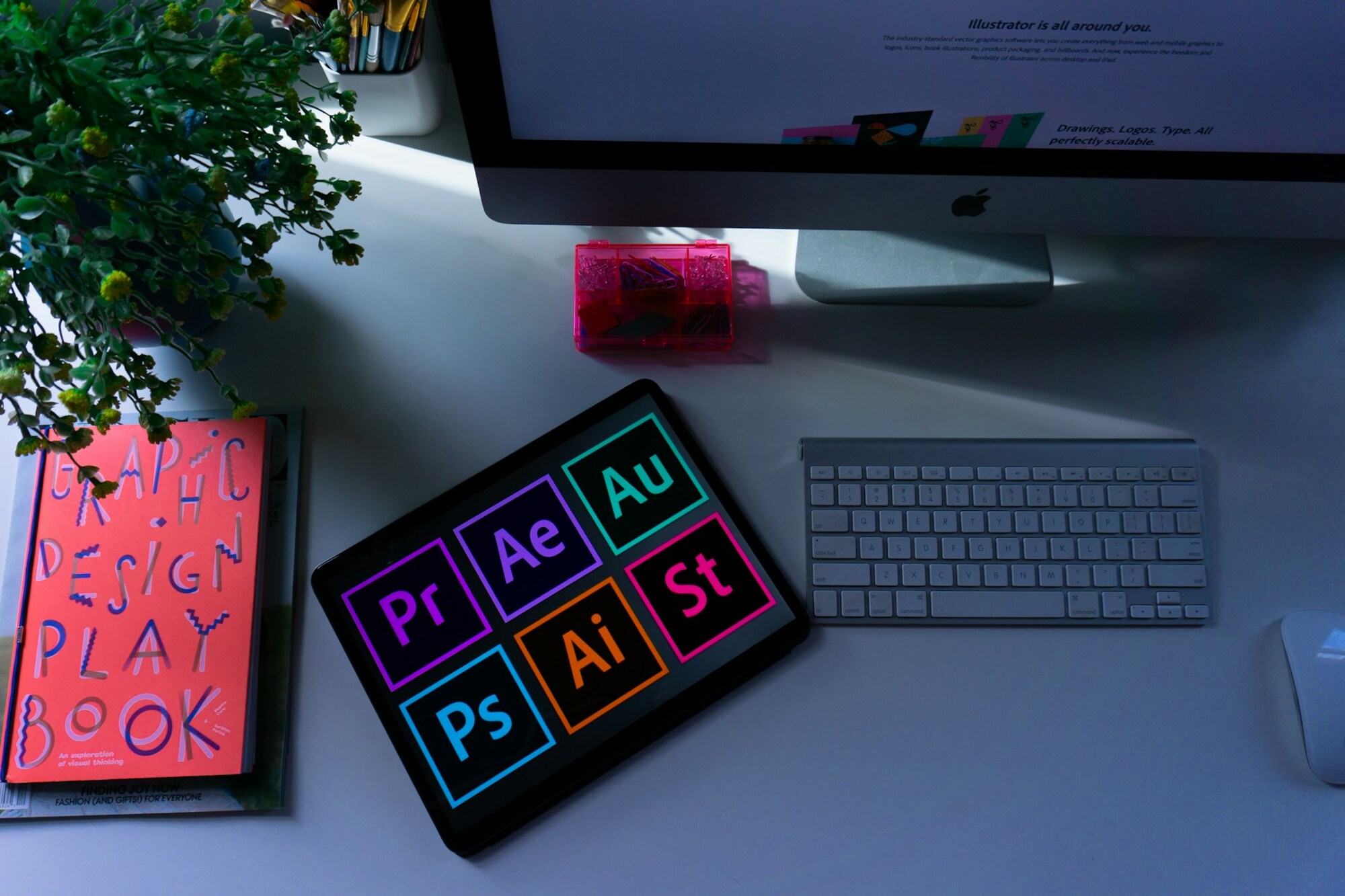In a 3D animation studio, the role of 2D VFX is crucial in the post-production phase, working alongside other processes such as compositing, color correction, and final rendering. While 3D VFX involves creating complex motions or elements challenging to achieve in 2D, 2D VFX focuses on effects that are more easily and efficiently simulated in a two-dimensional environment.
Understanding 2D VFX in Animation
2D VFX is an integral part of post-production, often handled by the same artist responsible for compositing. Unlike 3D VFX, which deals with intricate motions and elements in a three-dimensional space, 2D VFX involves creating flat simulations of events that typically occur in a 3D environment. The key distinction is that these effects only need to move within the plane of a surface, usually the screen.
Why Use 2D VFX in 3D Animations
The primary motivation for employing 2D VFX in 3D animations is efficiency. Creating these effects in a 2D application during the post-production stage is significantly faster and requires less effort compared to attempting to recreate them in a 3D environment. This time-saving aspect is particularly valuable in meeting tight production schedules.
Additionally, 2D VFX serves as a powerful tool for fixing flawed shots. While the production team strives for perfection, there may be instances where issues arise. In such cases, leveraging 2D VFX during post-production proves to be a more cost-effective solution than extensive reworking and re-rendering.
The Role of Post-Production in Animation Studios
The post-production team in an animation studio is tasked with taking an already acceptable project from the production team and elevating it to excellence. This involves the addition of 2D visual effects, color correction, and other enhancements. The seamless integration of 2D VFX not only refines the visual aesthetics but also contributes to the overall perfection of the animation.
Examples of 2D VFX Used in 3D Animations
2D VFX plays a pivotal role in enhancing the visual appeal of 3D animations during the post-production phase. Various 2D effects are seamlessly integrated into the 3D rendered scenes to achieve specific visual elements. Here are some examples of commonly used 2D VFX in 3D animations:
- Sparks: Employed for sudden bursts of sparks, such as when a bullet hits a metal surface. This effect adds realism and impact to intense scenes.
- Pixie Dust: Associated with magical elements, pixie dust is utilized to create enchanting and mystical effects in fantasy settings, contributing to the magical atmosphere.
- Dust: A versatile 2D VFX that enhances the overall atmosphere of a scene. It is a must-have element for post-production artists to create depth and realism.
- Smoke: 2D smoke is a cost-effective and efficient way to incorporate smoke effects into a 3D rendered scene. It provides visual interest without the complexities of 3D simulations.
- Lens Flare: A common optical phenomenon in cameras, the lens flare effect is added in post-production to create dynamic and visually appealing moments, making animations more interesting.
- Rain/Snow: Realistic rain or snow effects are achieved through 2D VFX, offering a convincing portrayal of weather conditions in a scene without the intricacies of 3D simulations.
- Background Replacements: Seamless compositing often involves adding or removing backgrounds to achieve a cohesive and visually pleasing result in the final animation.
- Camera Shake: Post-production artists utilize the camera shake effect to make steady footage appear handheld, adding a dynamic and immersive quality to the animation.
- Rotoscoping: This technique involves tracing objects in film or video to manipulate or remove them, providing a means for refining and adjusting elements within a scene.
- Fire/Water: Simulating fire and water in 3D can be challenging, but 2D VFX offers a simpler and more economical solution to create convincing visual effects.
Conclusion
The use of 2D VFX in 3D animations brings forth a range of visual enhancements, contributing to the overall quality and appeal of the final product. From magical elements to weather effects, these 2D VFX examples showcase the versatility and efficiency of integrating 2D effects in the post-production stage of the animation pipeline.


